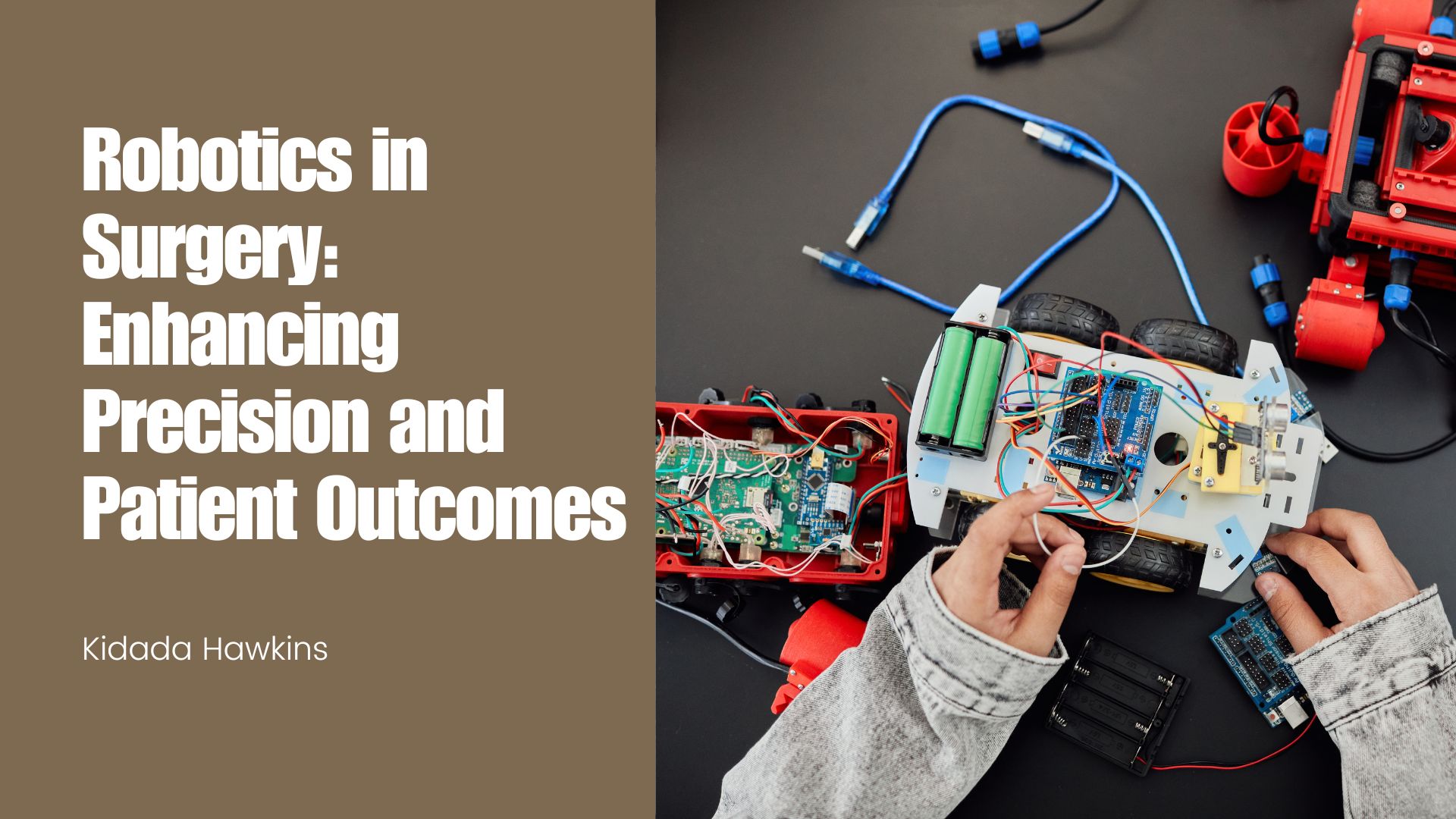The world of surgery is constantly evolving, with technological advancements leading to minimally invasive procedures, faster recovery times, and improved patient outcomes. Robotics is at the forefront of this revolution, offering surgeons unparalleled precision, control, and skill during complex operations.
Beyond Human Capabilities: Robotic Assistance
Imagine a surgical robot with multiple arms that can manoeuvre miniature instruments with incredible accuracy, reaching areas inside the body that might be difficult to access with traditional laparoscopic techniques. This is the power of robotic surgery. These robots are not designed to replace surgeons but to act as extensions of their skill and expertise, allowing them to perform intricate procedures with unmatched precision.
Benefits for Patients: Minimally Invasive and Faster Recovery
Robotic surgery offers significant advantages for patients. Minimally invasive procedures result in smaller incisions, reduced blood loss, and less pain than traditional open surgery. This translates to quicker recovery times, shorter hospital stays, and a faster return to normal activities. Additionally, robotic surgery can minimise scarring, improving cosmetic outcomes.
Enhanced Precision: Leading to Improved Outcomes
The tremor-free movements and magnified views offered by robotic systems allow surgeons to operate with unmatched precision. This can be particularly beneficial for complex procedures like cancer surgeries, where the removal of delicate tissues requires the utmost accuracy. Improved precision can lead to better surgical outcomes, including a lower risk of complications and a higher chance of successful tumour removal.
Overcoming Limitations: Reaching Difficult Areas
Robotic arms can reach areas inside the body that might be difficult to access with traditional laparoscopic techniques. This allows surgeons to perform complex procedures in confined spaces, minimising the need for more invasive surgical approaches. For instance, robotic surgery can be used for delicate procedures in the brain or minimally invasive heart surgery.
Challenges and Considerations
While robotic surgery offers numerous advantages, there are challenges to consider. The high cost of robotic systems can limit their availability in some hospitals. Additionally, surgeons require specialised training to operate these complex machines.
The Future of Robotic Surgery
Robotic surgery is rapidly transforming the operating room. As technology advances and costs decrease, we can expect broader adoption of robotic systems across various surgical specialities. Additionally, advancements in artificial intelligence (AI) could lead to the development of intelligent robots that can assist surgeons with even greater precision and decision-making during complex procedures. The future of surgery is undoubtedly robotic, with this technology paving the way for minimally invasive procedures, faster recovery times, and improved patient care.

